5 Natural Ways to Anti-Aging
While wisdom certainly comes with age, so do a lot of other things – like decreased bone density, slowed metabolism, frailty/weakness, sleeplessness, and excess body fat – just to name a few.
Lost your password? Please enter your email address. You will receive a link to create a new password.
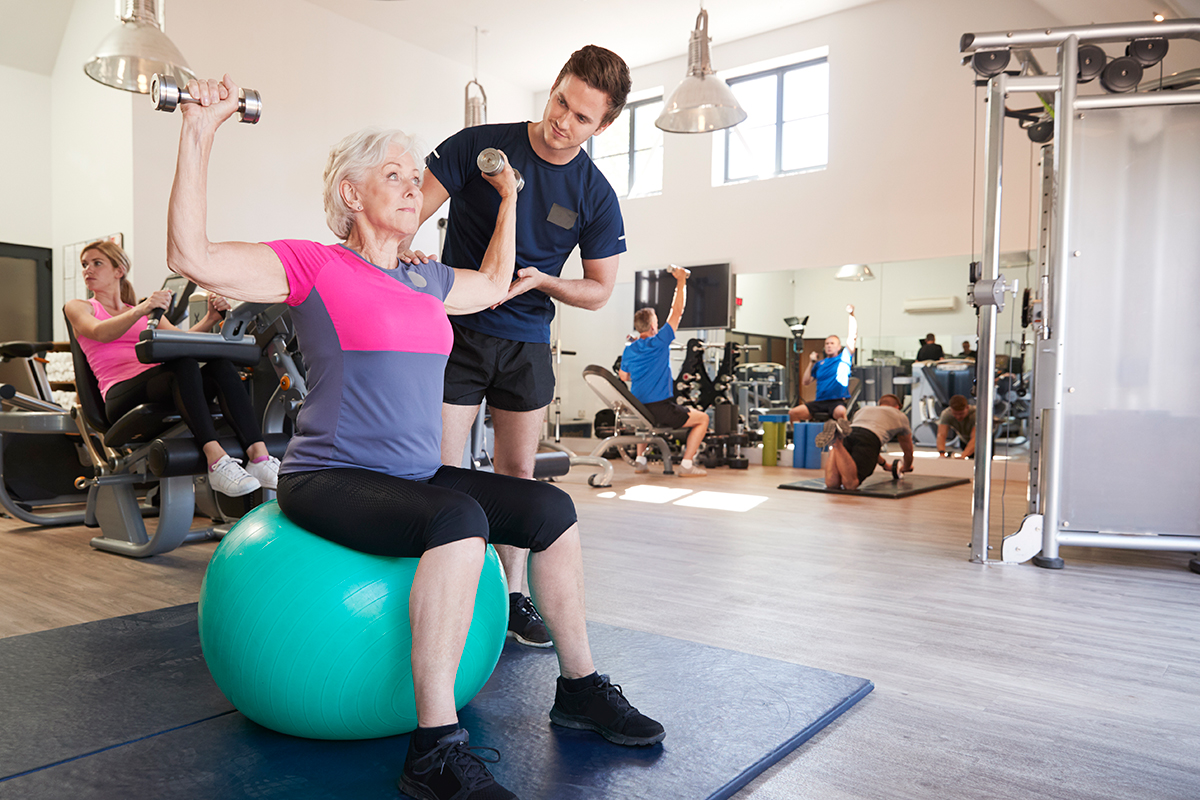
While wisdom certainly comes with age, so do a lot of other things – like decreased bone density, slowed metabolism, frailty/weakness, sleeplessness, and excess body fat – just to name a few.
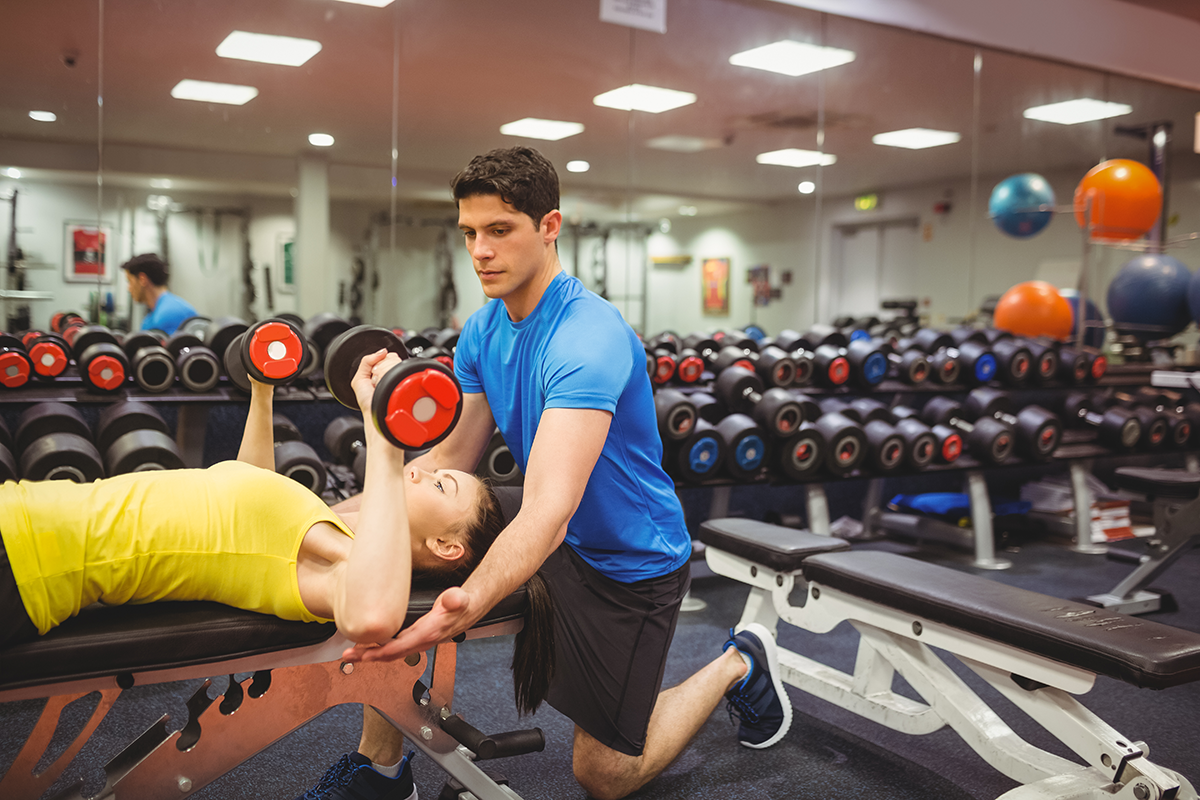
The crucial element that I always recommend to people when they say they have been experiencing anxiety, depression, addiction/s of some sort, or even sleeplessness, is exercise. Almost every time, I get a response like, “Does that help you?” Then I get to explain to them why I am so incredibly passionate about fitness. I discuss the fact that I never used to enjoy working out, and, as a matter of fact, still don’t enjoy it, but rather enjoy the feeling it gives me afterwards. This then opens the gateway for me to plead my case as to my passion and explain the many benefits that fitness provides. Exercise has helped people in many ways, but especially in terms of boosting mood and keeping mental illnesses at bay, both of which have a direct impact on addiction.
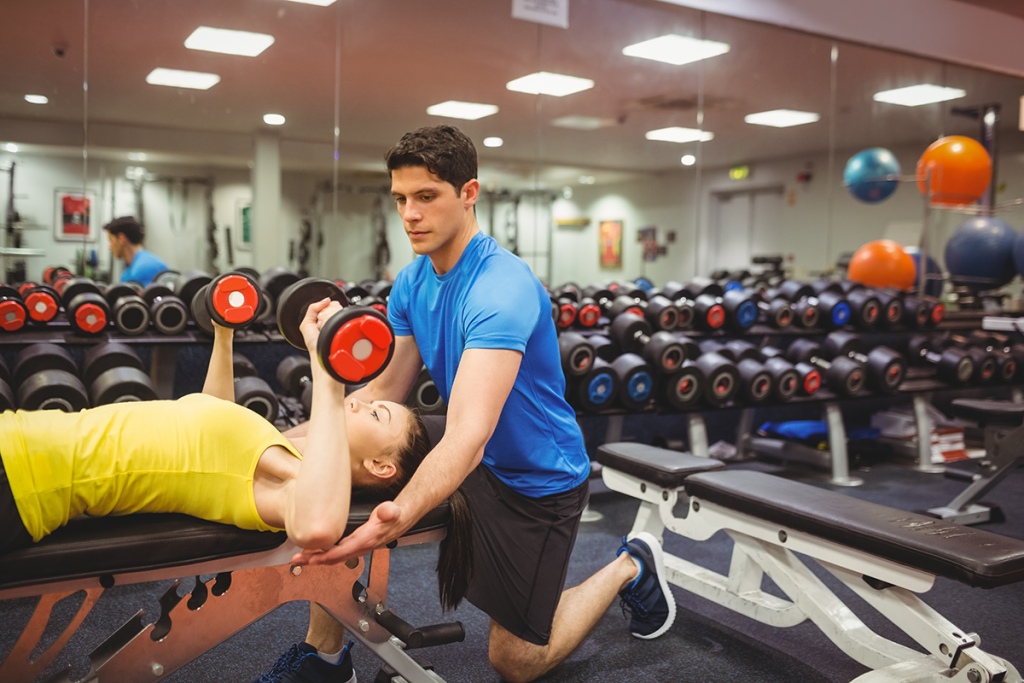
The reason I live, eat, drink, and breathe all things fitness is because of how beneficial it has been on my own personal wellness journey. Rather than get into my whole life story, I will instead discuss how crucial fitness is to achieve sobriety. When people hear the term “sobriety” they tend to think of only substance abuse — mainly alcohol, opioids, or hard drugs. Not only can sobriety refer to the latter, it can also include medications that an individual was prescribed that their body happened to develop an addiction to, or could even refer to an undesirable behavior or reaction. For example, I had a client who would unconsciously binge eat after an unpleasant encounter with her then-husband, now ex-husband. Eventually, we realized that she was using food, and unhealthy foods at that, to make her feel better after arguments. In essence, she was supplementing her body with sugary foods that would help her body produce the dopamine her body was craving in order to produce the emotional high that would make her feel better. Here’s a different example: a different client would unconsciously lash out at her mother after having been insulted by her critical father. Once we realized why this was happening, I had her incorporate fitness into her daily schedule, right before she went home from school to her parents. Going to the gym every time she got angry with her father resulted in much less conflict between her and her mother, and, in conjunction with therapy, opened up a new line of communication between the two of them.
Another common comment I encounter is after discussing the fact that I generally hit the gym for an hour and a half each day. Almost every single time, I get the exact same response, “I wish I had your energy!” For me, it’s not energy, it’s anxiety. I have discovered that I cannot eliminate it any other way than, as I say, “working out until I pass out,” or at least, until I’m thoroughly exhausted. I have found many other individuals who share my same sentiment, most of whom have also endured several instances of trauma, with the later group showing the most benefit and overall improvement from fitness. There have been numerous studies about the positive impacts that physical activity has on an individual’s mood and overall state-of-being. Exercise has been proven to reduce anxiety by promoting positive adaptations of several physiological processes within the body, such as improving dysregulations of the HPA axis of the brain, restoring abnormalities in monoamine function, producing endogenous opioids in the brain, and increasing BDNF (brain-derived neurotropic factors). There have been studies that suggest that fitness may increase neurogenesis, as well. Exercise has also proven to reduce the psychological effects of anxiety as well, such as reducing anxiety sensitivity, improving one’s sense of self-efficacy, and providing “time out” from one’s daily activities and stressors.

In short, work out to “work it out.” All of the above are reasons why I always suggest to anyone struggling with their mental health that they start some sort of exercise regimen. Whether a person is addicted to a substance or even an undesirable or destructive behavior, fitness will improve the problem and provide results.
Tambryn Crimson-Dahn is a certified personal trainer, fitness coach, nutritionist, and addiction recovery specialist with 4 years of experience. After having worked in the gym industry, she founded and now operates her own company, Crimson Wholistic Fitness. She specializes in overall mental health and wellness, addiction, and relationships and how they can affect mental health.
References
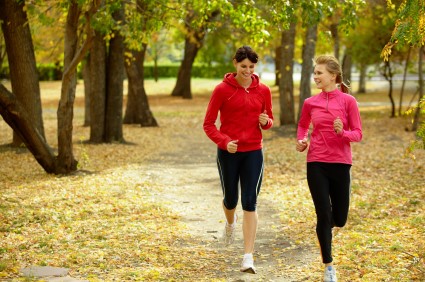
There is an opportunity for wellness and wellness coaching to impact the lives of millions of people in a life-saving way. 79 million Americans are estimated to have a condition called pre-diabetes. Usually symptom free, without intervention they will develop full-fledged Type II diabetes within ten years and possibly endure physical damage to their heart and circulatory system along the way. Yet, according to the American Diabetes Association, if a person is successful at lifestyle improvement they can completely avoid the onset of diabetes 70% of the time.
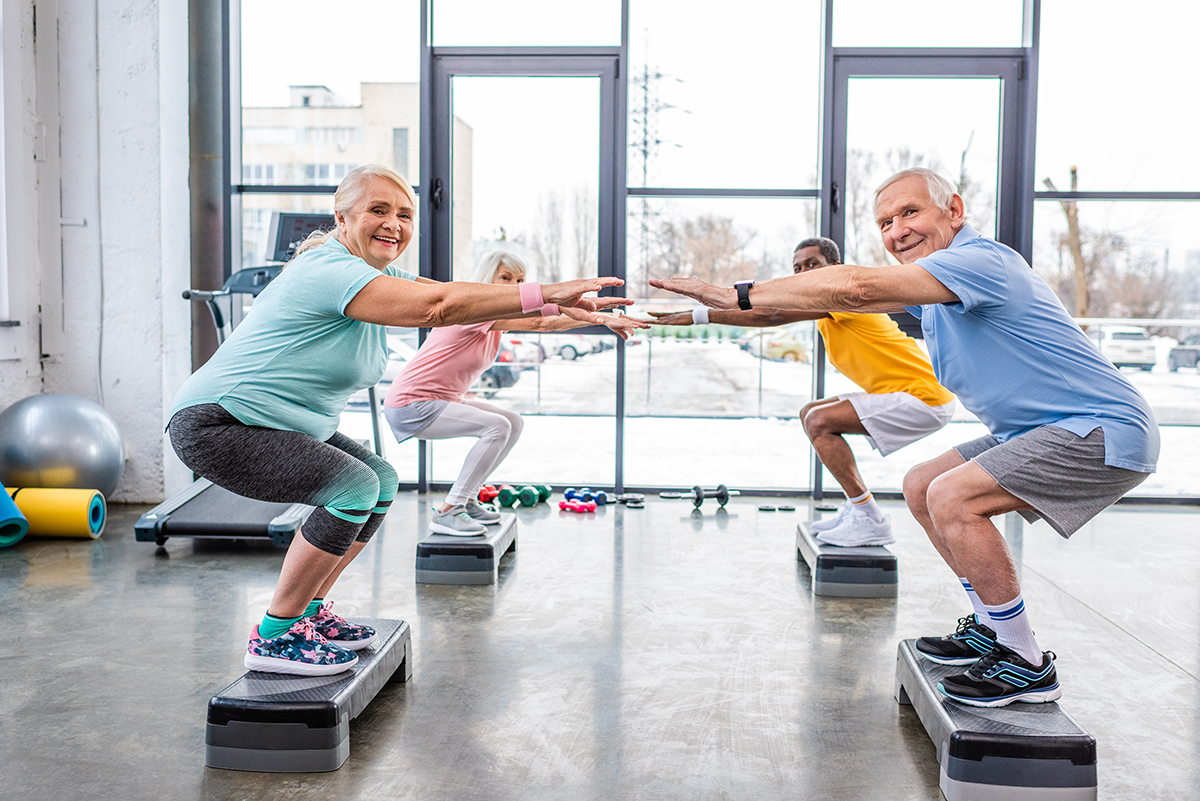
The average person starting an exercise program may have knee, or back pain, and goals other than “how do I get a six pack or run a marathon.” All the workouts in the world don’t mean anything if we can’t sit, stand, and get out of bed in ways that don’t strain our body.

Eating fewer calories, exercising more and still having a hard time getting those extra pounds off? Here’s a question for you: How’s your sleep?
I for one, every time I travel, seem to gain a couple of pounds just when I want to look my best.
I noticed that I tend to sleep less and intermittently when I am on the road. Once I settle again in a place, my sleep gets more regulated and I am able to drop those pounds.
I’ve adjusted my sleep pattern, as I have gotten older to help myself sleep better. The earlier I get up in the morning the better chance I have of getting to sleep that night and staying asleep for a longer period of time. I’m more energized, and when I eat, I eat less and feel more filled.
It turns out that there are many studies that indicate that sleeping less then 7 hours can increase body weight. One recent study with several pairs of twins, found that the twin who slept more than 9 hours was about half as likely to gain weight as the one that slept only 7.
Sleep deprivation affects your hunger urge. If you sleep less, you feel like eating more and you probably do. That’s because not sleeping increases your body’s level of ghrelin, the hunger hormone and decreases leptin the “I’m full” hormone.
A sleep study in Finland with middle-aged adults who had sleep problems found that women had greater sleep related weight gains than men. Though men were also affected. The study indicated that it seems the fewer hours you sleep the more calories you tend to eat the next day.

If you want a good night sleep here’s are some things to consider:
Exercise: Don’t exercise too late in the day. So many of us go to the gym after work but it can keep you up at night. Late exercise can prevent the body from making sleep-inducing melatonin for several hours.
Caffeine: It can take 6 or more hours to wear off. Having that cup of coffee after dinner, even with a low-fat dessert, may not be such a good idea.
Alcohol: A couple of drinks with dinner can wake you up in the middle of the night and make it hard to get back to sleep. I have a friend who swears by a glass or two of wine at lunch but never alcohol after 2pm. She says she sleeps like a baby at night. I think if I had a glass or two at lunch, I’d sleep like a baby at 2pm and be up for the night at 5.
Stress: And then there is our old buddy stress. We all have some level of stress and how we deal with it can keep us up at night. Getting yourself relaxed in quiet, dark, temperature controlled environment can relieve stress and induce a desire and ability to sleep.
So, what’s it going to be, wide awake at 3am or getting that beauty sleep and waking up lighter and brighter on your toes? Learning to get a good night’s sleep is a process. Don’t stress over it, it may keep you up at night.
Mirabai Holland MFA, EP-C, CHC is one of the foremost authorities is the health and fitness industry. Her customer top rated exercise videos for Age-Onset health issues like Osteoporosis, Arthritis, Heart Disease, Diabetes & more are available at www.mirabaiholland.com. Mirabai also offers one-on-on Health Coaching on Skype or Phone. Contact her at askmirabai@movingfree.com.

Staying on top of the latest sports nutrition news can be a full-time job. Between conferences, webinars, and journal articles, I learn a lot of information that I like to translate into practical tips to share with athletes, like you! Enjoy this news you can use! (The research was presented at the International Sport & Exercise Nutrition Conference in the UK.)
If you try to “stay away” from peanut butter, deeming it to be fattening, think again! Peanut butter—and peanuts in any form—contribute to no more weight gain than the same number of calories from carbohydrate-rich snacks. In a 10-week weight-gain study that included lifting weights three times a week, 28 athletic women and men (average age, 25.) consumed:
— an extra 500 calories of peanuts and peanut butter-based snacks, or
— an extra 500 calories of peanut-free carb-based snack foods (such as pretzels, fruit chews, bagels).

The carb-snackers gained about 6 pounds; the peanut eaters gained only about 3.5 pounds. How could this be?
One explanation is the fiber and fat in peanut butter is satiating. That means, it keeps you feeling fed for longer than fat-free foods, such as pretzels. Peanut butter can curb your appetite, so you end up eating fewer calories overall for the day.
This study helps confirm why I vote peanut butter to be one of the best sports foods around (assuming you are not allergic to it)! Peanut butter requires no refrigeration, is anti-inflammatory, nutrient rich, inexpensive, and most importantly, yummy. How about enjoying more peanut butter on bananas for your morning and afternoon snacks?
When an athlete goes on a low-carb / low-calorie diet, their bones also go on a diet. In a study with 327 runners (ages 18-35) who trained 8 or more hours a week, those who restricted carbs and/or trained without having first eaten, experienced 1.5 times more bone injuries More research is needed to learn how carbs and calories can influence bone health. In the meantime, enjoy carb-based grains, fruits and veggies at every meal.
With global warming, athletes who exercise in the heat should take steps to prevent problems related to elevated body temperature. One tip is to pre-cool your body prior to exercise. Try drinking ice water or slushies, or suck on ice chips. Doing so might help you have greater endurance.
A study of professional female soccer players reports they burned about 2,900 calories per day. Of that, about 1,400 calories supported their resting metabolic rate (calories needed to be alive) and about 1,200 calories were burned during exercise, the rest supported general daily activities. This equates to about three 700 to 800 calorie meals per day plus two 200 to 300 calorie snacks. That’s a lot of food! For athletes who may wonder, Why do I feel hungry all the time?, the answer might be because your body is hungry!
When female athletes undereat, they commonly stop having regular menstrual periods. When male athletes undereat, they experience hormonal changes that can lead to loss of sex drive. In a study with 10 healthy, active males (25 years.) who strictly dieted for five days—they ate less food and exercised more—the calorie deficit caused significant physiological changes. The men lost about 6 pounds (losing more muscle than fat, as happens with quick weight loss). Their thyroid hormones dropped, as did their testosterone levels.
Restrictive dieting not only reduces calorie intake, but also intake of protein, calcium, iron, zinc, and many other valuable nutrients needed to maintain optimal health and performance. Don’t consciously restrict your eating and stop eating at meals just because you think you should. Listen to your body; stop eating because you feel content, not just because the food is gone.

Athletes in endurance sports (such as runners, triathletes) and jumping sports (such as basketball and volleyball players) prefer to be light to enhance their performance. The problem is long-term restrictive eating can contribute to health issues. In a study comparing weight-conscious male athletes (age 24.) to a group of fitness exercisers, the athletes were leaner, but they had lower levels of thyroid hormone (a sign they were conserving energy). They also had weaker bones. If you skimp on food to be lean, your best bet is to seek guidance from a registered dietitian (RD) who specializes in sports dietetics (CSSD). This professional can help you healthfully achieve your weight goals. Use the referral network at eatright.org to find your local sports dietitian.
Personal trainers commonly believe they should have a “perfect” physique to achieve success in their careers. This can put them at high risk for developing eating disorders and disordered eating. Among personal trainers who responded to recruitment messages on Twitter and Instagram, 15% reported high levels of disordered eating behaviors (binge-eating, restrictive dieting, over-exercising). Sadly, these trainers are seen as role models. We need authentic fitness leaders who represent a variety of sizes and shapes the average exerciser can attain and maintain. Don’t be fooled; a “perfect body” generally comes with a high cost.
Some women gain “belly fat” at the time of menopause. This might be related to midlife lifestyle changes and aging, as well as to hormonal shifts. Peri-menopausal women who had big dinners and snacked frequently at the end of the day tended to have more belly fat than those who front-loaded their calories. One suggested weight management solution (for both women and men) is to eat less at night. A satiating high-protein breakfast can help reduce the urge to overeat at the end of the day. Peanut butter on a bagel with a side of Greek yogurt, anyone?
Nancy Clark MS RD CSSD counsels both fitness exercisers and competitive athletes in the Boston-area (Newton; 617-795-1875). Her best-selling Sports Nutrition Guidebook is a popular resource, as is her online workshop. Visit NancyClarkRD.com for info.
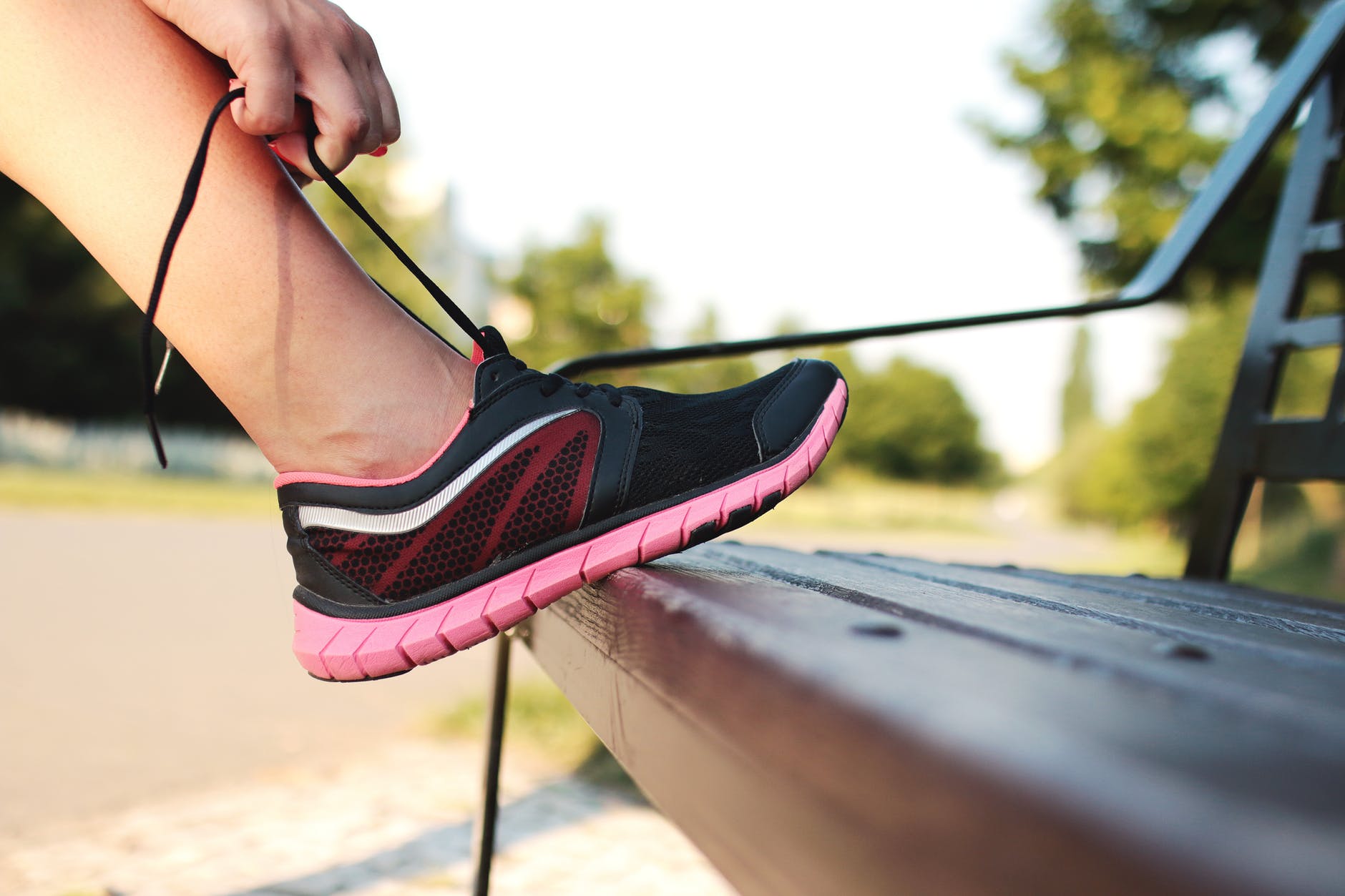
The feet are one of the most overused and taken for granted parts of the body. Since the feet are the foundation for the rest of the body, it would only be logical to begin developing strong, aligned, and full functioning feet from the start when developing a personalized fitness program. The feet should be a priority for developing sound fitness education in order to prevent injuries. Most fitness and sport injuries usually involve the feet. Even when the injury is to the knee, hip or back it can usually be traced back to a misaligned foot pattern.

My biggest concern as a personal trainer was always the safety of my clients – both physically and medically. Over the years a common theme emerged with each new client relationship that I developed and that was how unprepared people were to really engage in a significant training program and what skills and knowledge they would be required to develop for success. Physicians were often unprepared to advise their patients on what to do, how to proceed, or what limitations and issues needed to be acknowledged by their patients before engaging a trainer to help them “get to the next level”.

Stretching is the most overlooked form of exercise. After returning to see my physical therapist, she insisted that I stretch more often so I can improve the range-of-motion in my hips. Geez, I thought I was already doing plenty of stretching, or I thought, just enough so I could audition with confidence for Cirque du Soleil. Apparently, I wasn’t ready. How much more should I stretch?